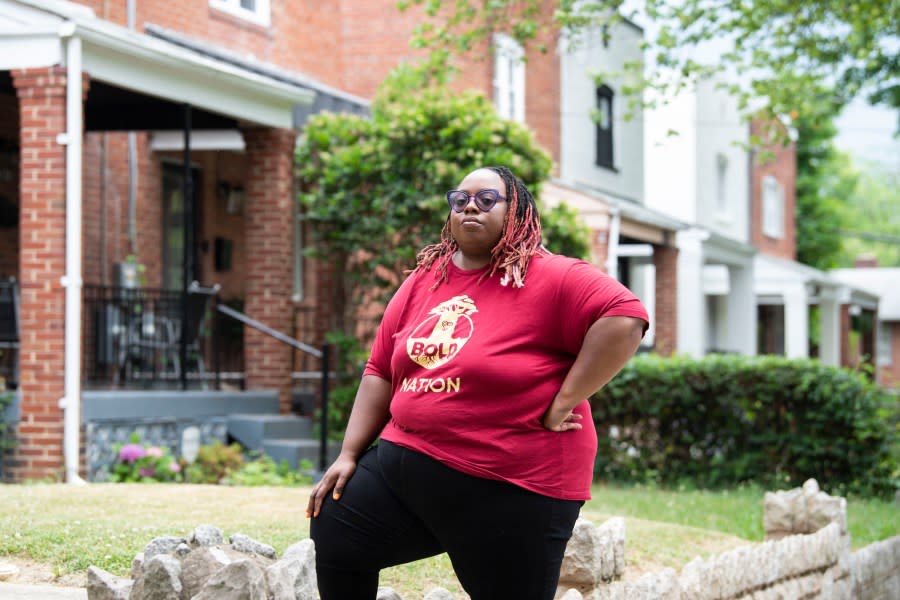How do borrowers change their payment plans on a student loan?
Millions of Americans are expected to add hundreds of dollars to their monthly expenses when student loan repayments resume this fall.
While some could use a one-year on-ramp period proposed by the Biden administration to ease into repayment, others could explore how to modify their loans and potentially reduce their debt.
Here’s a look into how borrowers might restructure their loans.
Should you refinance or consolidate?
There are several steps a borrower should take before deciding whether they should restructure the loans, including knowing the exact loan type, how much they owe, and whether they already qualify for an Education Department income-driven repayment (IDR) plan.
Student loan experts caution borrowers must understand the difference between the two options and the ramifications for each.
Banks and financial companies offer borrowers a chance to refinance their student debt by buying their federal or private loans and consolidating them, often with a lower interest rate.

After refinancing, however, the loan is no longer eligible for federal programs, such as forgiveness or IDR plans.
“When refinancing federal loans specifically, it only makes sense for borrowers who won’t qualify for loan forgiveness and who don’t need an income-driven repayment plan,” Robert Farrington, student loan expert at The College Investor, told The Hill.
Borrowers with multiple federal loans might consider consolidating their debt with their student loan servicer instead.
“Consolidation is a free federal option to combine your federal loans. Refinancing replaces your loans with a private loan. Lots of borrowers get this confused, and it can make a big financial impact if you refinance your federal loans,” he added.
Interest rates in the refinance market are highly competitive, and borrowers need good credit or a cosigner to lock in a rate worthy of the hassle. Farrington noted borrowers with privately held loans might consider refinancing yearly.
New federal programs could help slash debt
The Biden administration recently updated IDR plans, which could save borrowers thousands of dollars over the life of their loans and reduce their monthly payments to $0.
The new Saving on Valuable Education (SAVE) plan was created to transform the old IDR system into what the Department of Education called “the most generous” student repayment option ever given to borrowers.
What Biden’s SAVE plan means for student loan borrowers
The SAVE plan increased income that’s protected from payments from 150 percent above the federal poverty line to 225 percent.
This means a single person earning less than $32,805 per year will have monthly payments of $0. The same would happen to families of four that make less than $67,500. A single borrower could save around $1,080 per year under this plan, the administration said.
When bankruptcy is an option
Borrowers who are facing insurmountable debt could explore bankruptcy as a last resort.
The departments of Education and Justice issued joint guidance last year to simplify the way student loans are discharged through bankruptcy.
Tina Tran, managing attorney for nonprofit Upsolve, told The Hill the process can be complicated and feel seemingly impossible.
Tran said the two agencies realized there were a lot of borrowers who could qualify for discharge under the undue hardship standard but were not pursuing it given its complexity.
For a borrower to have their loans discharged through bankruptcy, they must demonstrate they are unable to currently make payments while maintaining a minimal standard of living, that their inability to pay is likely to continue into the future, and that they have made good faith attempts to repay.
The government also outlined several criteria to determine whether a loan has caused an undue hardship on a borrower.
These include the borrower’s age, whether they completed the degree for which they took out the loan, if the borrower has a disability, and if the borrower has been unemployed for five or more years.
“They said through the new guidance process if a student loan borrower can prove any one of these four criteria, they would presume undue hardship and then make a recommendation to the judge that a student loan borrower’s loans should be discharged,” Tran said.
For the latest news, weather, sports, and streaming video, head to The Hill.

